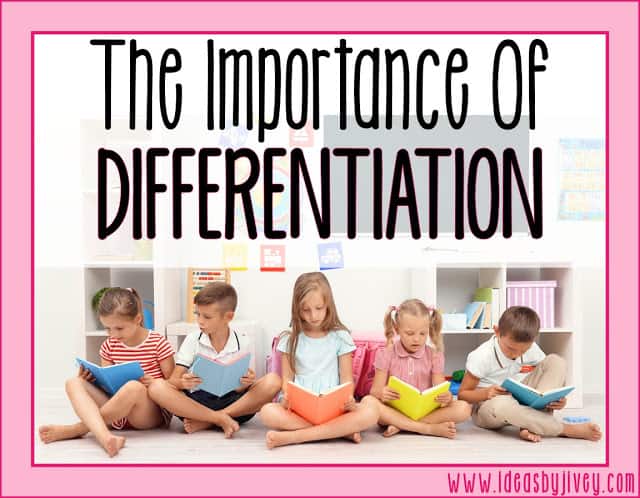
The Importance of Differentiation in Reading
If you’ve been a teacher within the last decade, you know the word “DIFFERENTIATION” isn’t just the latest and greatest buzzword. It’s crucial across all

If you’ve been a teacher within the last decade, you know the word “DIFFERENTIATION” isn’t just the latest and greatest buzzword. It’s crucial across all
I am so excited to share that one of my favorite blog posts has been featured on the TPT blog! Check it out!
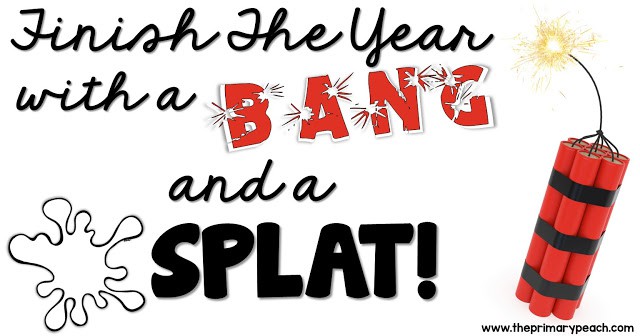
At the end of the year, once testing is over and kids have lost their minds are ready for summer, it’s the perfect time to pull out
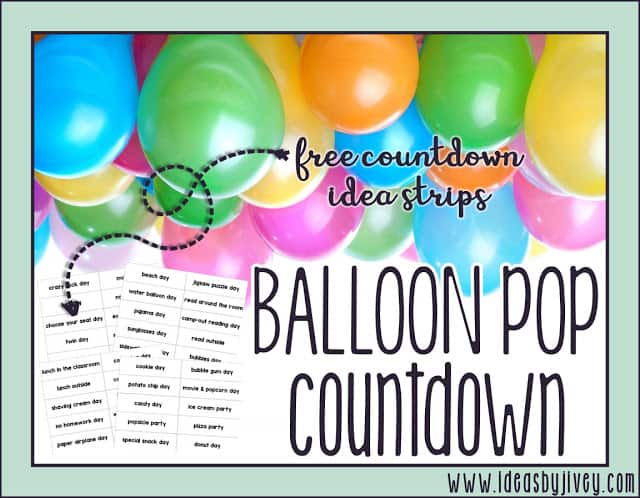
How did the last week of April get here so fast?! For many of you (some with less than five weeks left of school), you
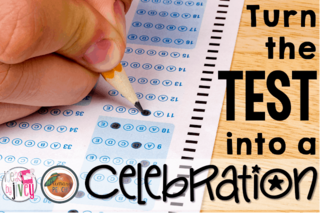
I’m blogging over at the Primary Peach today! Come join me to see how to help get rid of some of that test anxiety in
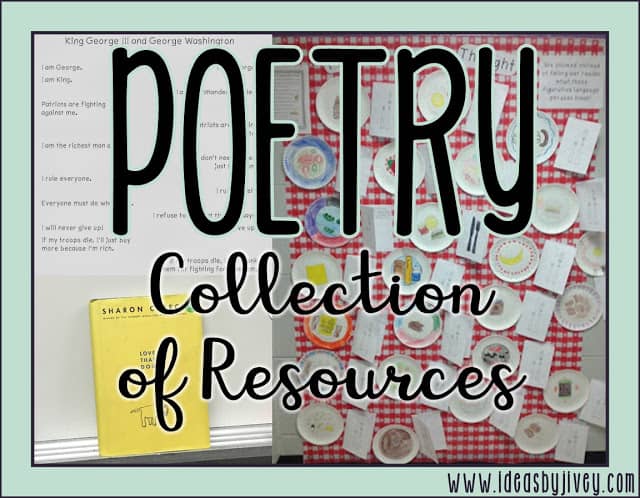
April is approaching, and teachers know that means one word: POETRY! Except, I always made it have two more words, as well… FIGURATIVE LANGUAGE! Although